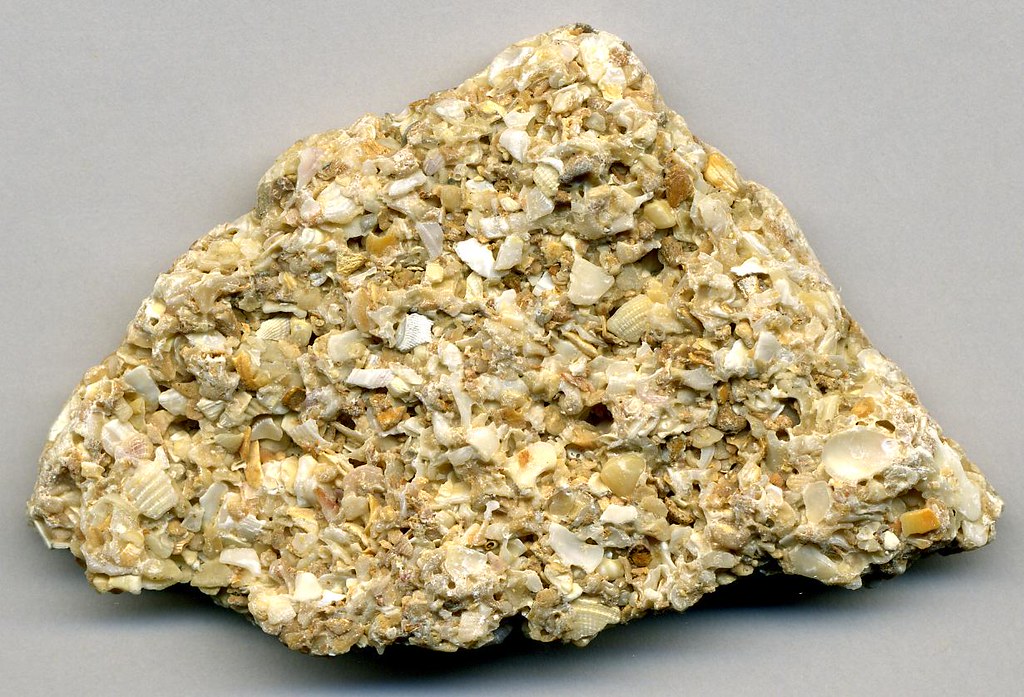I particularly enjoyed the guests who came to our environmental
geology class this semester; hearing them speak about their work gave me the opportunity
to see what types of jobs women hold in environmental science related fields
and from their visits I learned more about how environmental geology truly
encompasses everything around us.
The first guest speaker we had in class was Adrienne Cizek,
an engineer who works for Stormwater Solutions LLC here in Milwaukee, WI. Adrienne
talked to our class about stormwater, water pollution, green infrastructure
(rain gardens / barrels / wet ponds), and how changes in hydrogeology occur. From her talk we learned about sewer systems
and where stormwater goes during heavy rainfalls. She gave us a little history Milwaukee’s
sewer systems before the Clean Water Act and what has been done since then to
improve water quality and water storage capacity in our County.
The second guest speaker we had in class was Karen Sands,
the sustainability coordinator for the Milwaukee Metropolitan Sewerage District
(MMSD). Karen shared information with our class about Milwaukee’s sewer systems
and deep tunnels. She also talked about how green infrastructure can be used to
mitigate sewer issues by collecting rainwater. Karen was very knowledgeable about what
exactly happens with wastewater and stormwater in Milwaukee and gave us an
overview of the MMSD facilities in our area and what they do at them.
The third guest speaker we had in class was Judy Fassbender
from the Wisconsin Department of Natural Resources. Judy is the Chief of the
Remediation and Redevelopment program; she shared information with our class
about WDNR regulations, and how they conduct environmental assessments to
identify the source and severity of hazardous waste at sites throughout Wisconsin.
The fourth guest that came to Alverno was Dustin from On
Site Environmental who came to do a monitoring well installation on campus with
our class. He showed us how sample groundwater from an already constructed well
and he used a GeoProbe with a hallow stem auger to install a new well. With the
core from the borehole we did soil identification and found that we placed the
well in an area that was mostly clay.
Our class was able to take a field trip to Jones Island
water reclamation facility in Milwaukee (MMSD/Veolia). We learned about how sewage
is cleaned before it goes back into the Lake Michigan and how they make
Milorganite (a fertilizer) from the solid waste they reclaim from it. I
thought it was crazy how a majority of the Milorganite gets shipped to Flordia
for their golf courses! Our tour guide was really great; she was very knowledgeable
about every component of the site that we visited. I particularly liked
learning about how the microbes they use breakdown waste and clean the water (more
than just bacterial organisms) which was very interesting.
We did some really cool projects in our class; the energy resources,
earth day, and the town hall meeting were really interesting components of
GE410. In terms of outcomes for GE410, I
feel that all three of these projects allowed me to demonstrate my ability to
do research, properly cite sources in an annotated bibliography, and
communicate my findings to our class as an audience. The town
hall meeting allowed me to demonstrate that I could appropriately analyze risks
associated with an environmental issue (hog farm CAFO) and as a class we effectively collaborated to have
a productive discussion about the issue taking the role of different stakeholders.

